Who was really responsible for the carved-wood statues attributed to the so-called Master of Elsloo? In an exhibition of the sculptures at the Bonnefantenmuseum, curator Lars Hendrikman is urging visitors to cast their own votes, as he tells Apollo
Who was the Master of Elsloo and how was he identified?
It all started in 1940 with a student of art history, who later became a professor of art history [J.J.M. Timmers] – and with five wooden sculptures that were then in the Maastricht region, or just north of the region, in several churches. Timmers found them so alike that he thought there must be one hand that was responsible for these sculptures. He pointed out the almost baroque-like drapery and at the same time the archaic doll-like faces of the figures and the spidery, thin, moving fingers. Those are the three elements he pointed out, but only very briefly.
The exhibition starts with four out of five of these works. The author of the phenomenon was not very sure of his case, so in short publications he attributed several other works, then took works out of the oeuvre and added them again; each and every time without proper argumentation, so it’s been fluid from the outset.
As for the identity of what he called the Master – and we’re now thinking of several masters in individual workshops in smaller towns north of the Maastricht region – we don’t know. We have no clue as to who these artists might have been, nor do we know exactly where these workshops were located, although it is expected that larger towns like Roermond may have had one of the leading workshops. The problem of the Master of Elsloo is that Timmers was a real promoter of art from his own region (he was born in that of Maastricht). He later became a professor of art history in Maastricht, director of the museum there, and so on.
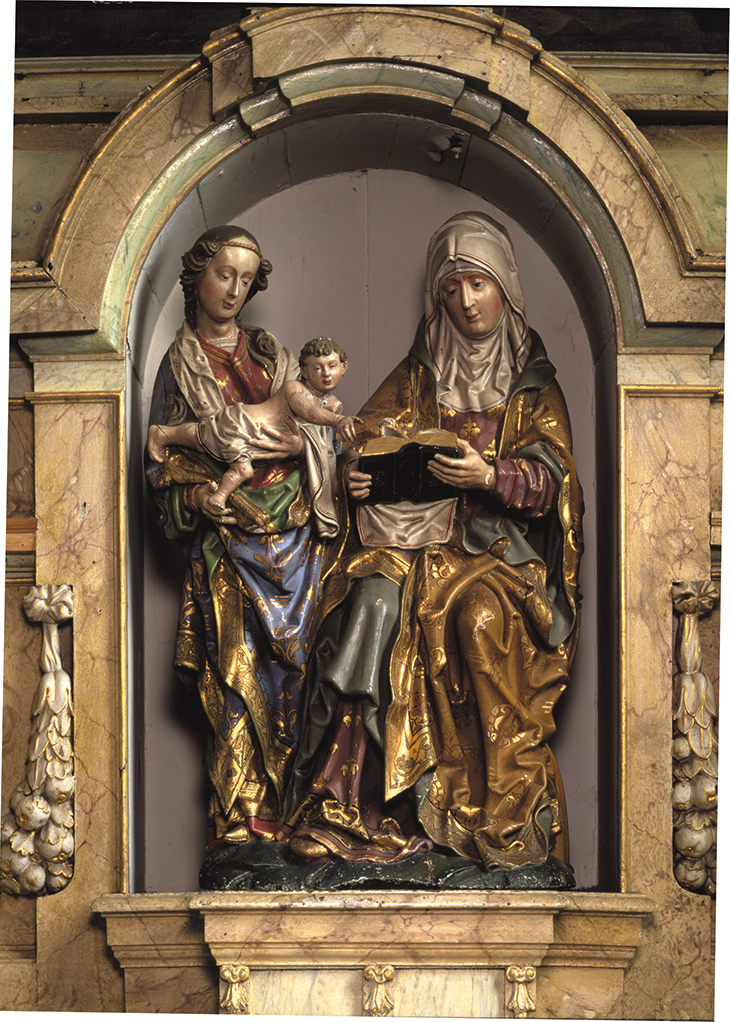
Saint Anne with the Virgin and Child in Parochie Sint-Augustinus, Elsloo, Master of Elsloo. Photo: Jean-Luc Elias; © KIK-IRPA, Brussels (Belgium)
How many works are attributed to the Master of Elsloo? What kind of research is behind some of the attributions?
We are actually speaking of the Masters of Elsloo because we’re sure that it’s certainly not one workshop but maybe several, more likely dozens; but in total, colleagues in Brussels have put together an attributable oeuvre of around 200 works [dating roughly from the first half of the 16th century].
Ten years ago I initiated a research project, concentrating on three areas. One of course is technical research: dendrochronological analysis and looking at how these sculptures were made – were they made out of one block of wood or several blocks of wood? And then archival research hoping to find a link that we can connect to a single sculptor. We didn’t succeed in that, and although we recovered some 40 names of sculptors, we don’t know what or when they were making. The third area is good old-fashioned connoisseurship. To be honest, we have not succeeded in producing a more coherent oeuvre using that method. (Much of the research has been carried out in Belgium, and I did not participate in that.) The very sturdy book that we are also relying on currently has two essays on the style of the Master of Elsloo, and the conclusions of these authors are completely different.
How do the Master of Elsloo’s works compare with other wooden sculpture of the same period?
Several sculptures that are currently attributed to the Master of Elsloo have much in common with sculptures from the Borman studio in Brussels. It is also very much like sculpture from the Rhineland, to such a degree that Professor Timmers mentioned that the sculptor might have trained in the Rhineland. Some of the sculptures that we now associate with the Master of Elsloo used to be attributed to the Master of Heinsberg and the Master of Siersdorf in Germany, for instance.
And how do these works relate to paintings of the same period?
We do not know very much about this, which is one of the reasons I began my research. Because, of course, in this period we do know that in Holland, in Flanders, in the Rhineland, there was a school of painting as well – and in this region there wasn’t. We know of hardly any paintings originating from the Maastricht region and north of Maastricht. So we are dealing with a completely independent school of sculptors, who were completely independent from painters.
How is the exhibition at the Bonnefantenmuseum arranged? Can you pick out a few highlights?
The first room is an explanation about the region and about some techniques that sculptors used at the time. Then the actual exhibition starts with those four works noticed in 1940, with Saint Anne with the Virgin and Child immediately confronting the visitor. From there it expands like an oil stain, as it actually happened in art history, over the first three rooms; and the other four rooms are devoted to several themes: how can we compare very polite female figures with these very angry-looking men who are saints at the same time? That’s one room. There is another room, devoted to sculptures that are not of the usual size of this master. Most of the works stand at about 70cm to 1m high, and only occasionally much larger or much smaller sculptures are attributed to the master. So the arrangement is partly historiographical and partly thematic.
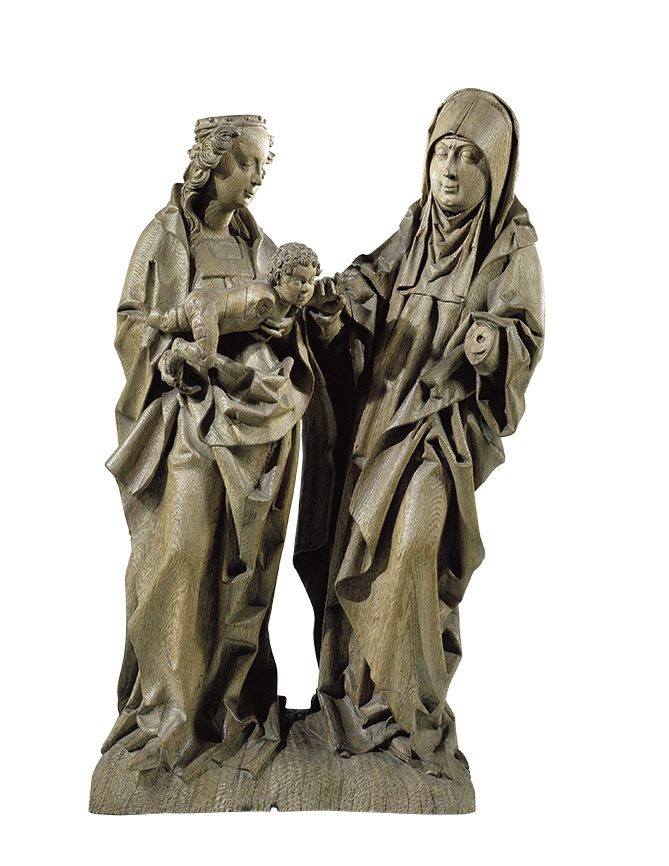
Saint Anne with the Virgin and Child (c. 1520), Master of Elsloo. Rijksmuseum, Amsterdam.
What kind of condition are the works in?
It’s very rare to find works that have original polychromy; we have only one in the exhibition and a second one that we would have loved to have could not come because of its fragility. Many of the sculptures have 19th-century, neo-Gothic polychromy, which is sometimes beautiful to look at and sometimes straightforwardly ugly. Many of the sculptures have been stripped of their paint layer in the 19th century and are simply bare wood. And among those, some are in a ruinous state and some are in excellent condition.
How do you want visitors to approach the exhibition?
I would like the visitor to be able to think: why in 1940 did a young student of art history put together these sculptures, and do we see the same as he did almost 80 years ago? I would like to introduce them to the phenomenon of connoisseurship. In the booklet that visitors receive at the entrance is a ballot form, so they can vote and decide for themselves which of the 50 sculptures is by the Master of Elsloo.
‘Master of Elsloo: From Lonely Hand to Collection of Masters’ is at the Bonnefantenmuseum, Maastricht, until 16 June.
From the March issue of Apollo. Preview and subscribe here.
Unlimited access from just $16 every 3 months
Subscribe to get unlimited and exclusive access to the top art stories, interviews and exhibition reviews.

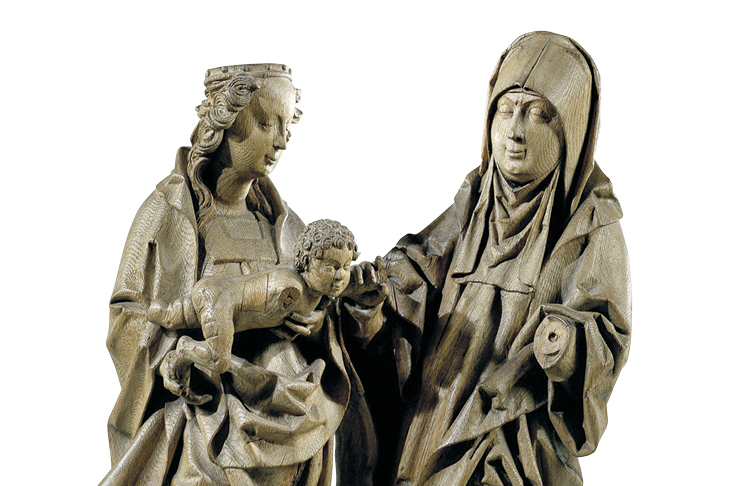
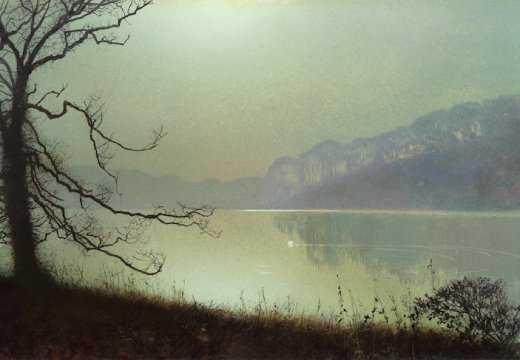
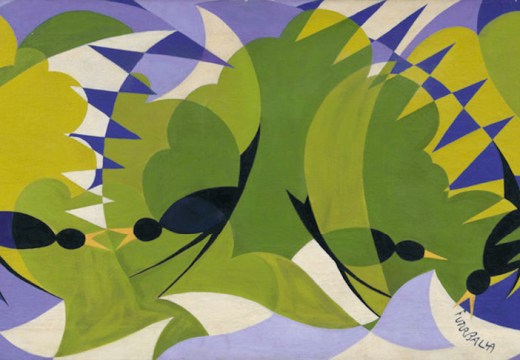
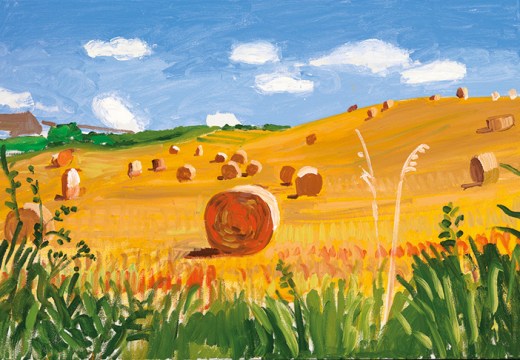









![Masterpiece [Re]discovery 2022. Photo: Ben Fisher Photography, courtesy of Masterpiece London](http://www.apollo-magazine.com/wp-content/uploads/2022/07/MPL2022_4263.jpg)
Has arts punditry become a perk for politicos?